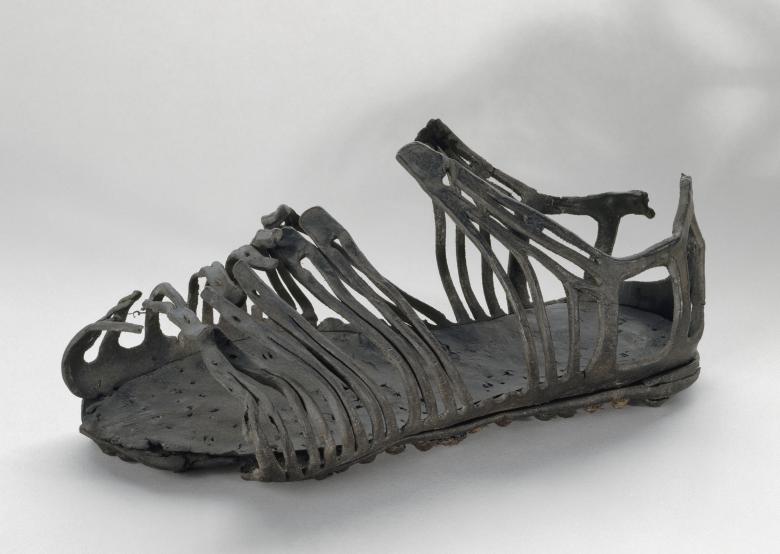
Collections
The museum exhibits around 30,000 archaeological objects, making it one of the largest collections in Europe.
These objects bear witness to human activities from the origins of prehistory (Palaeolithic) to the Carolingian era.
The museum holds more than two million objects in its reserves...
Roman Gaul
Julius Caesar's conquest of Hairy Gaul at the beginning of the second half of the 1st century BC is considered to be the starting point of a profound political, economic and social transformation: its Romanisation.
See moreOther collections
Roman Gaul
Julius Caesar's conquest of Hairy Gaul at the beginning of the second half of the 1st century BC is considered to be the starting point of a profound political, economic and social transformation: its Romanisation.
Julius Caesar's conquest of Hairy Gaul at the beginning of the second half of the 1st century BC is considered to be the starting point of a profound political, economic and social transformation: its Romanisation. After a long phase of pacification, Gaul, integrated into the Roman Empire, was organised mainly by the emperor Augustus, who reigned from 27 BC to 14 AD.
The material civilisation, which the department of Roman Gaul makes it possible to discover, underwent gradual changes, and reflects the assimilation, to a greater or lesser extent depending on the region, social milieu or period, of customs, techniques, ways of life and thought of Roman or Mediterranean origin. This contribution, sometimes mixed with the heritage of the previous period, contributed to the creation of an original and dynamic provincial Roman civilisation, the Gallo-Roman civilisation.
The seven rooms that make up the Gallo-Roman department evoke the world of the gods and the dead, the presence of the Roman army in Gaul, the different types of crafts and all aspects of daily life: food, costume, adornment, leisure activities, the domestic environment, medicine, transport, writing...













